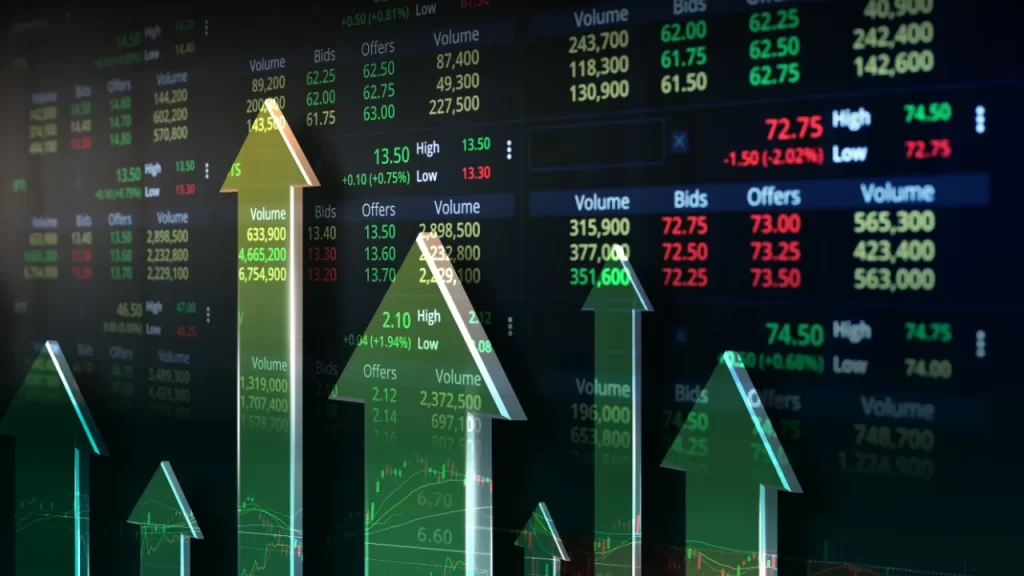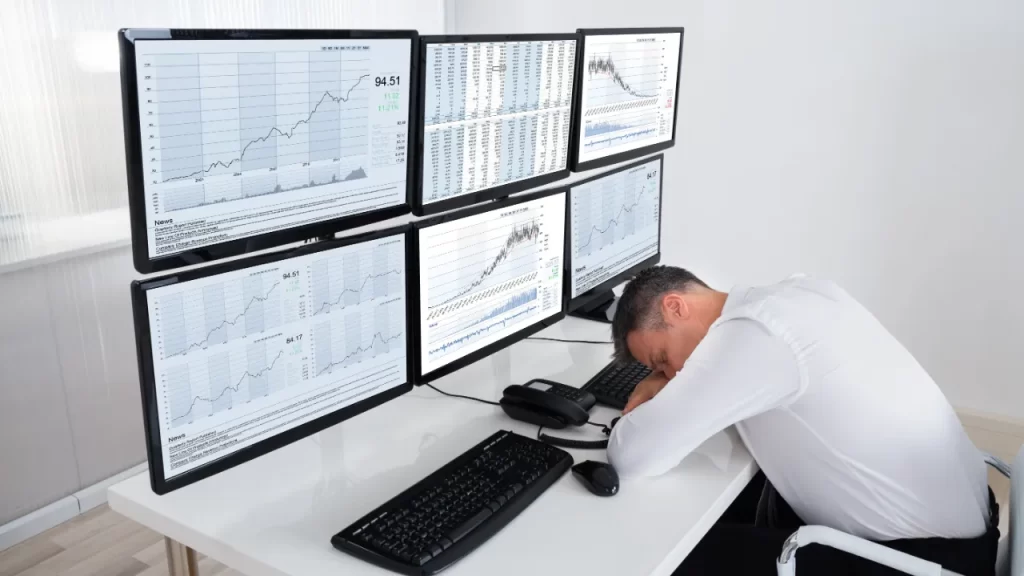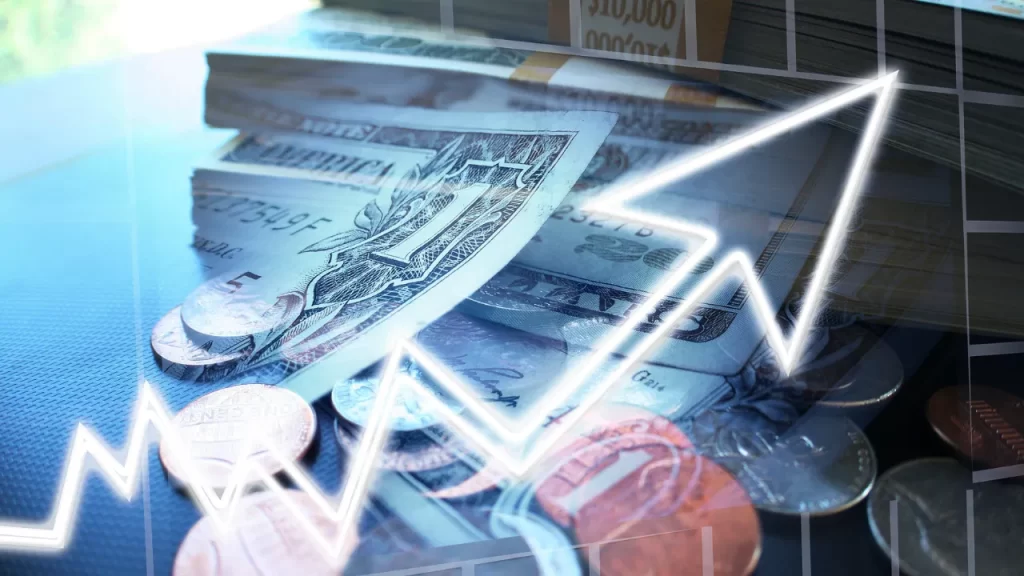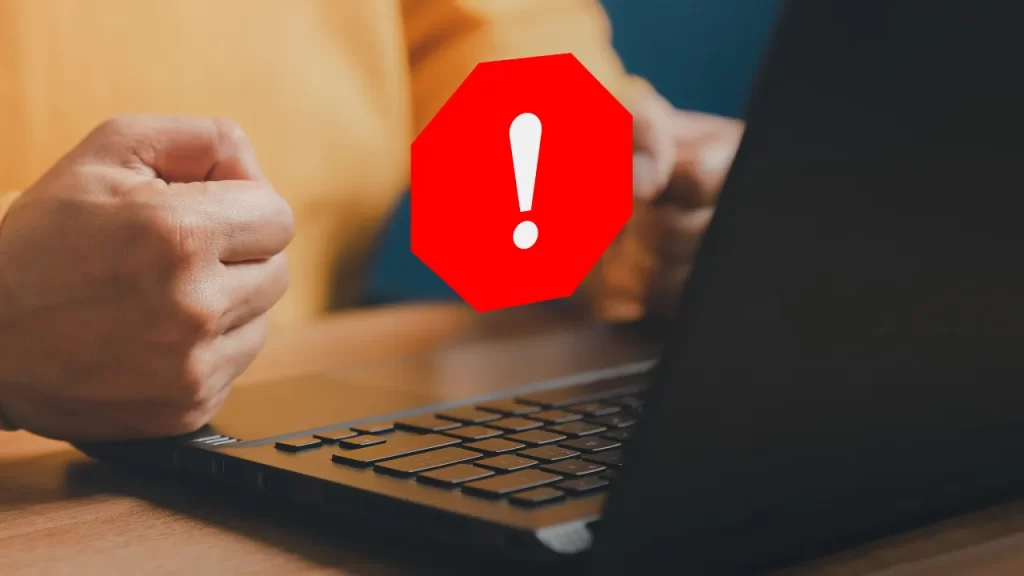CFD trading offers traders the opportunity to profit from price movements without owning the underlying asset. However, many beginners and even experienced traders fall into common traps that can lead to losses. Understanding these mistakes and learning how to avoid them can significantly improve trading performance.
In this guide, we’ll explore the most frequent CFD trading mistakes and practical solutions to help you trade more effectively.

Overleveraging: Taking on Too Much Risk
One of the biggest advantages of CFD trading is leverage, which allows traders to control large positions with a small amount of capital.
However, excessive leverage can lead to huge losses just as quickly as it can amplify gains.
Why It’s a Mistake:
- Higher leverage means greater risk if the market moves against you.
- A small price movement can wipe out your entire account.
- Many traders ignore risk management and end up losing more than they can afford.
How to Avoid It:
✔ Use leverage wisely—start with lower leverage and gradually increase as you gain experience.
✔ Never risk more than 1-2% of your total capital on a single trade.
✔ Always set stop-loss orders to manage risk effectively.

Trading Without a Plan
Many traders jump into CFD trading without a well-defined strategy. They buy and sell based on emotions, news, or gut feelings rather than a structured approach.
Why It’s a Mistake:
- Leads to inconsistent decision-making.
- Increases the likelihood of impulsive trades.
- Makes it difficult to analyze and improve trading performance.
How to Avoid It:
Develop a clear trading plan that includes:
- Entry and exit criteria
- Risk management rules
- Position sizing strategy
- Stick to your plan and avoid emotional trading.
- Regularly review and refine your strategy based on performance analysis.

Ignoring Stop-Loss and Take-Profit Orders
A stop-loss order automatically closes your trade if the market moves against you, while a take-profit order locks in profits at a pre-determined level. Many traders fail to use these orders, leading to larger losses or missed profits.
Why It’s a Mistake:
- Without a stop-loss, you risk holding onto losing trades too long.
- Without a take-profit, you may miss opportunities to secure profits.
How to Avoid It:
✔ Always set a stop-loss before entering a trade.
✔ Define a risk-reward ratio (e.g., 2:1) to balance risk and profit potential.
✔ Adjust stop-loss levels based on market conditions rather than emotions.

Overtrading: Too Many Trades, Too Often
Some traders believe that the more they trade, the more they earn. However, excessive trading often results in poor decision-making and higher transaction costs.
Why It’s a Mistake:
- Leads to emotional exhaustion and poor judgment.
- Increases exposure to market noise and unpredictable price movements.
- Higher spreads and commissions eat into profits.
How to Avoid It:
✔ Stick to a specific number of trades per day or week.
✔ Focus on quality over quantity and wait for high-probability setups.
✔ Take breaks to avoid burnout and maintain a clear mindset.

Holding Losing Trades Too Long
Many traders struggle to accept losses and keep holding onto losing trades, hoping the market will turn in their favor. This can result in larger losses and even wipe out an account.
Why It’s a Mistake:
- Small losses can turn into huge drawdowns.
- Emotional attachment prevents rational decision-making.
- It diverts capital that could be used for better opportunities.
How to Avoid It:
✔ Accept that losses are part of trading and move on.
✔ Follow your stop-loss strategy strictly.
✔ Review and learn from your losing trades to improve.

Letting Emotions Control Trading Decisions
Fear, greed, and impatience are among the biggest obstacles traders face. Emotional trading often leads to panic selling, overconfidence, or revenge trading after a loss.
Why It’s a Mistake:
- Leads to irrational decisions based on short-term market movements.
- Results in inconsistent trading performance.
- Can cause impulsive risk-taking that derails a trading strategy.
How to Avoid It:
✔ Use a trading journal to track emotions and identify patterns.
✔ Take breaks after losing streaks to regain composure.
✔ Follow a disciplined routine, including pre-market analysis and post-trade reviews.

Not Understanding Market Conditions
Traders often fail to consider economic reports, news events, and broader market trends before placing trades. CFD markets can be highly volatile, and external factors play a significant role in price movements.
Why It’s a Mistake:
- Increases the risk of trading against the trend.
- Makes traders vulnerable to unexpected market swings.
- Leads to missed opportunities in trending markets.
How to Avoid It:
✔ Stay updated on economic news, earnings reports, and central bank decisions.
✔ Identify market trends and key technical levels before entering trades.
✔ Avoid trading during high-volatility news releases unless prepared.

Not Keeping a Trading Journal
Many traders don’t track their past trades, which makes it difficult to analyze mistakes and improve.
Why It’s a Mistake:
- Limits the ability to identify weaknesses in a strategy.
- Makes it harder to spot patterns in past successes and failures.
- Leads to repeating the same mistakes.
How to Avoid It:
✔ Keep a detailed record of every trade, including:
- Entry and exit points
- Reason for the trade
- Outcome and lessons learned
✔ Review the journal regularly to refine strategies and improve performance.
Final Thoughts
CFD trading is a high-risk, high-reward activity that requires discipline, planning, and emotional control.
By avoiding these common mistakes, traders can increase their chances of success and build long-term profitability.






